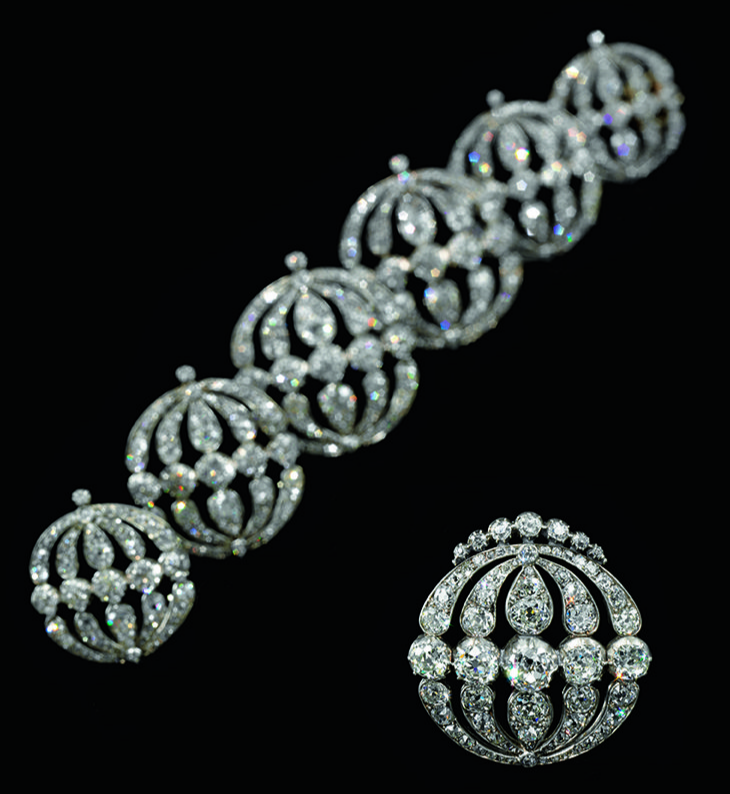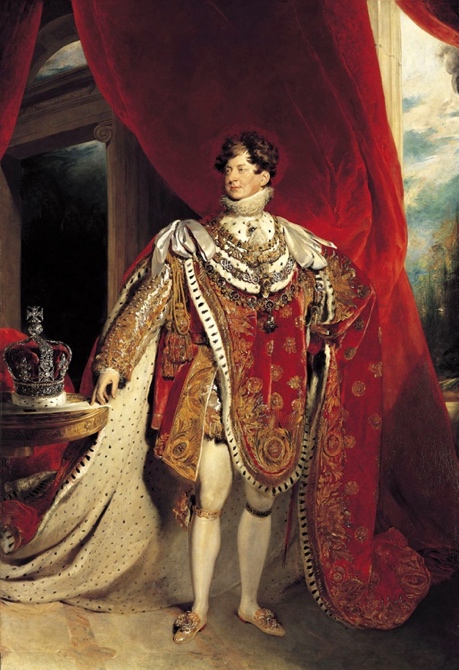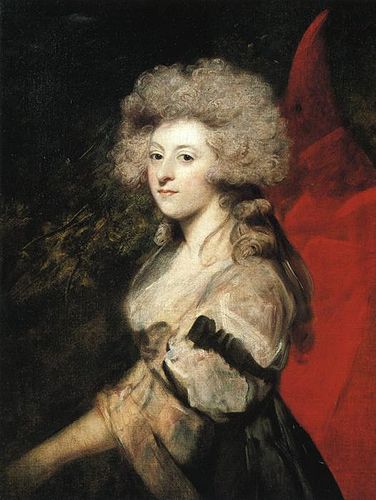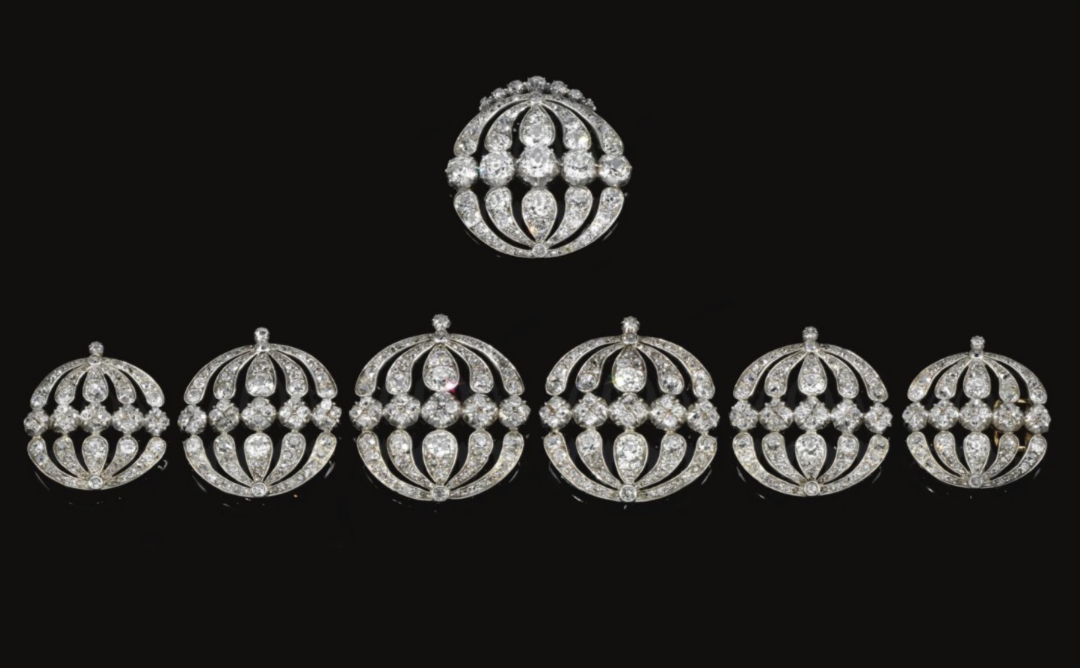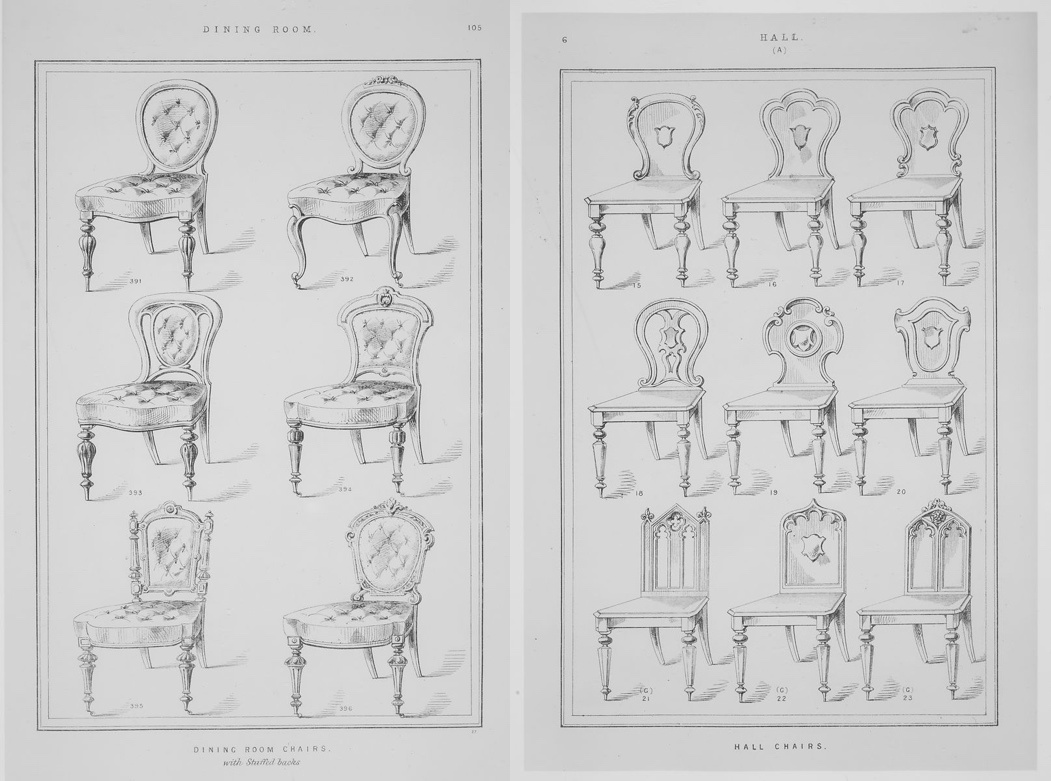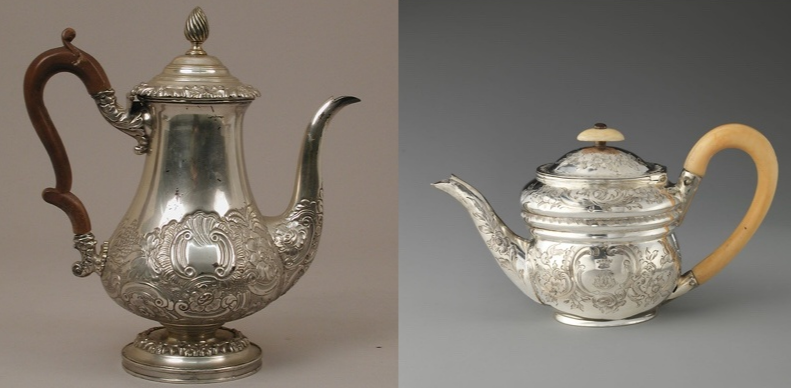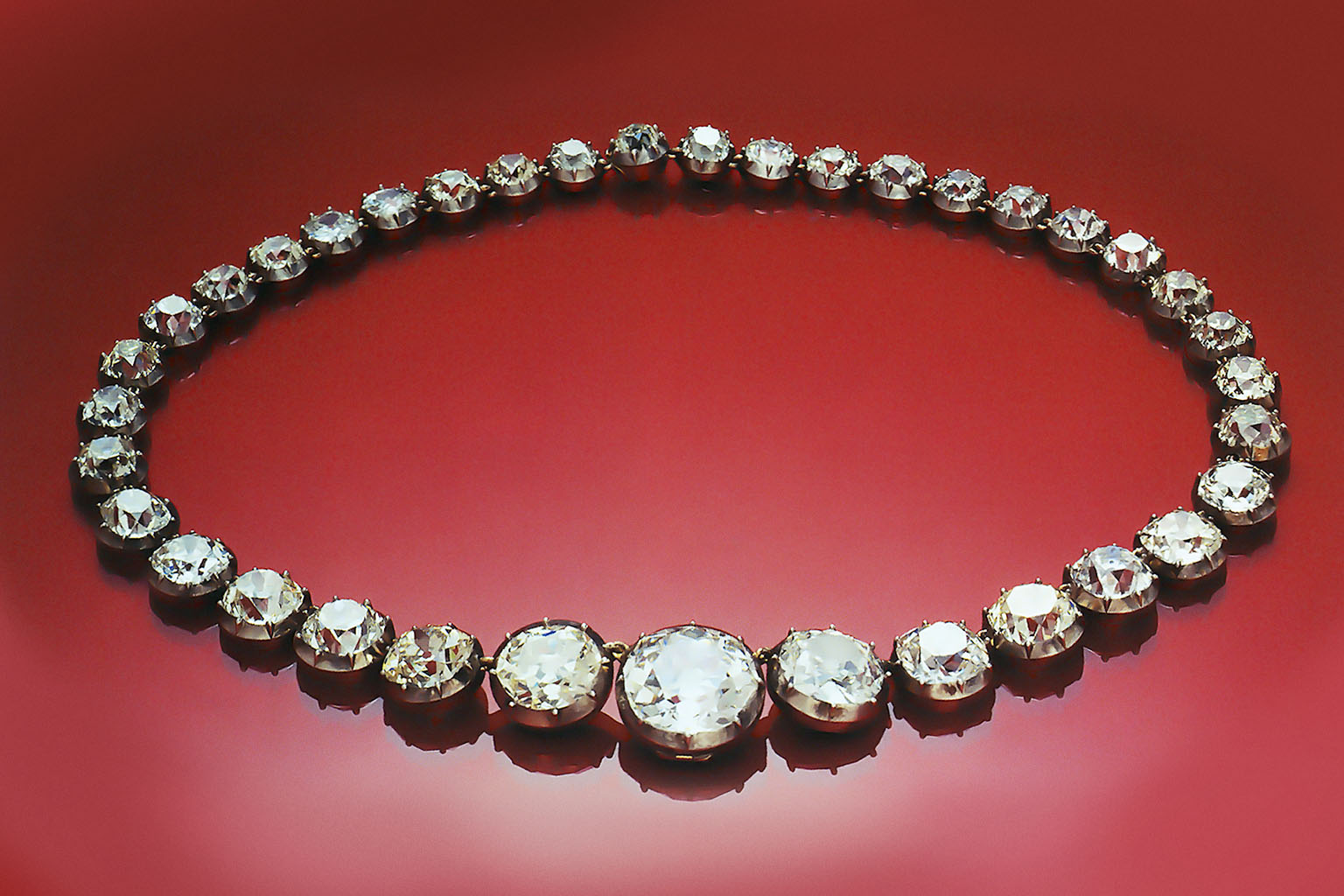This unusual set of seven diamond jewels, circa 1815, that can be incorporated into a tiara, were the gift of the Prince Regent, later King George IV, to his secret and illegal wife, Maria Anne Fitzherbert.
It is easy to underestimate the importance of a royal provenance to the value of the jewel.
